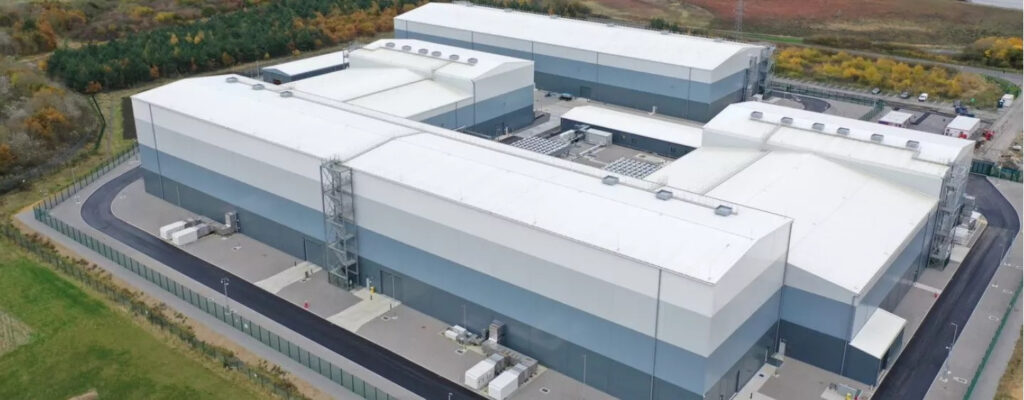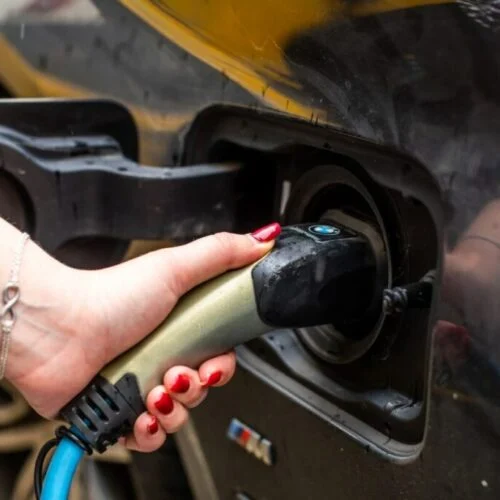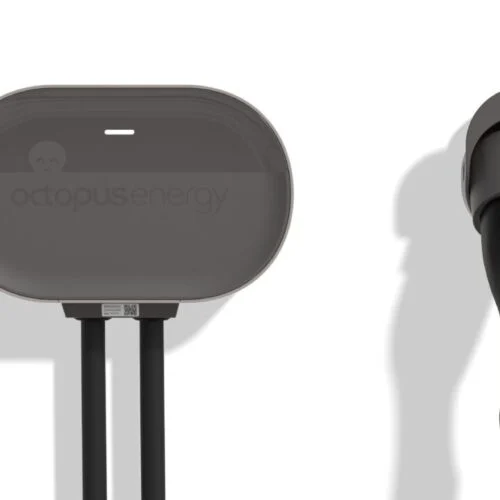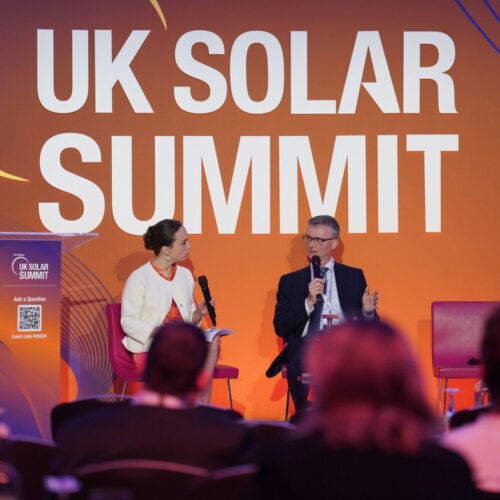Hitachi Energy has handed over the running of the North Sea Link power interconnector to Statnett, the national power grid operator in Norway, and National Grid.
The North Sea Link is the worlds longest subsea power interconnector, at 720-kilometres long. The high-voltage direct current (HVDC) cable has the capacity to transmit 1,400MW.
“North Sea Link is a cornerstone of Europe’s carbon-neutral energy future, interconnecting national power grids and enabling the flow of electricity across borders and seas,” said Niklas Persson, managing director of Hitachi Energy’s Grid Integration business.
“The link increases power supply reliability and security in both countries, accelerates progress toward their sustainability targets, and facilitates power trading and economic growth.”
Hitachi Energy designed, engineered, supplied and commissioned the technology for the North Sea Link, which uses two of its HVDC Light converter stations. These are located in Blyth in northeast England and in Kvilldal, Norway.
The North Sea Link allows Norway to import wind power from the UK, and the UK to import hydropower from Norway. As such it both boosts the grid resilience of both countries, and also helps to reduce the need for fossil-fuel power generation.
Britain was a net exporter of power during Q3 2022 – for the second quarter after it became a net exporter for the first time in Q2 2022. This was in part because of a drought in Europe which impacted Norway’s hydroelectric generation.
Going into winter, interconnectors are expected to play a vital role in keeping the lights on in Britain, with National Grid ESO stating the coming months are likely to be very tight.
Research from LCP Delta recently highlighted that low interconnector availability could lead to ten hours of insufficient electricity supply this winter, for example.
Britain is looking to expand its interconnector capacity in the long-run to boost resiliency, with Ofgem inviting bids for new electricity interconnectors in December 2021, when it announced plans to hold a third investment round under its cap and floor revenue regime in 2022.
As of March 2022, the UK had 7.4GW of interconnector capacity, made up of:
|
Interconnector |
Country |
Capacity |
|
IFA and IFA2 |
France |
3GW |
|
BritNed |
The Netherlands |
1GW |
|
Nemo Link |
Belgium |
1GW |
|
Moyle |
Northern Ireland |
500MW |
|
East West |
Republic of Ireland |
500MW |
|
North Sea Link |
Norway |
1.4GW |
Talking about taking on the North Sea Link Nicola Medalova, managing director for National Grid Interconnectors said:
“This is an exciting day for National Grid and an important step as we look to diversify and decarbonise the UK’s electricity supply. North Sea Link is a truly remarkable feat of engineering.
“North Sea Link is a great example of two countries working together to maximise their renewable energy resources for mutual benefit.”
While the North Sea Link is currently the longest interconnector, the Xlinks project under development is set to top it. It will connect the UK to a solar-plus-wind site in the Moroccan desert with a capacity of 3.6GW of clean power. This will be enabled by four 3,800km long subsea cables.






